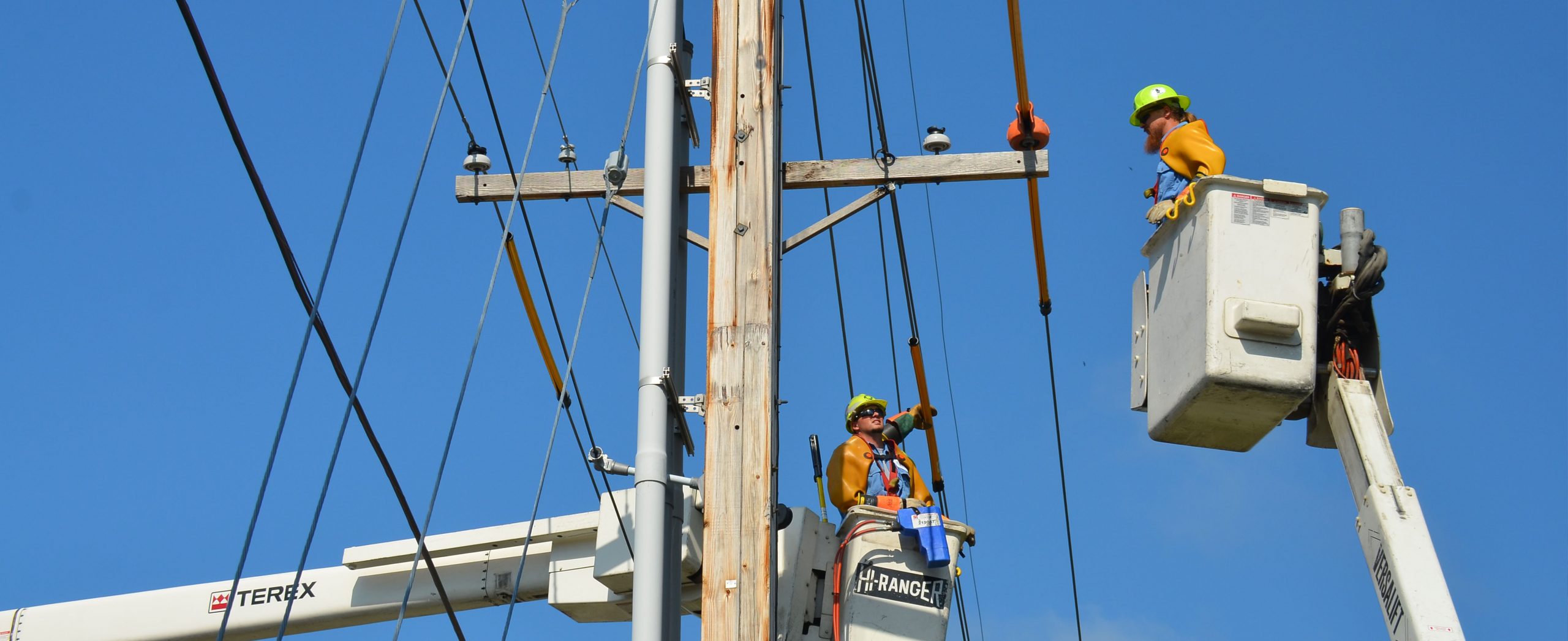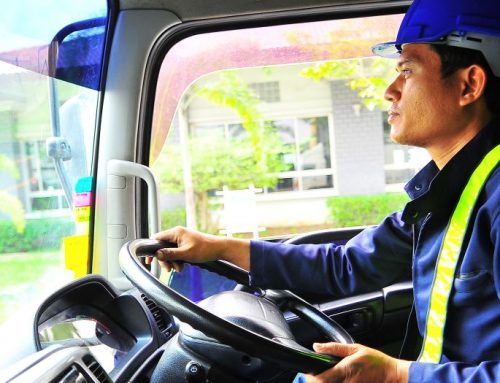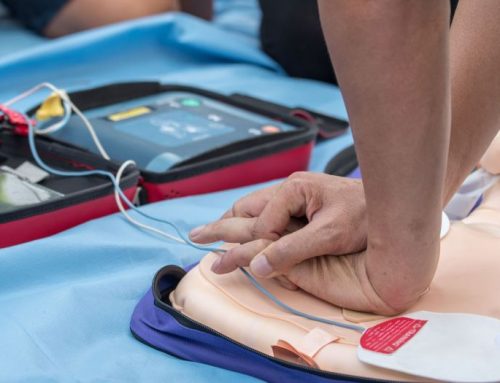Working at heights is among the major causes of fatalities and injuries in the workplace. Its dangers cannot be understated. In fact, 28% of fatal and 7% of non-fatal injuries in the workplace happen while working at heights.
Because of these alarming statistics, the government has mandated specific rules for organisations where employees work at height. In this article, we will discuss the regulations and necessary training involved for anyone to safely work at heights.
What Are the 2005 Work at Height Regulations?
These are a set of rules and regulations that must be followed by businesses to avoid increasing the risk of injuries and fatalities while working at heights. The 2005 Work at Height Regulations is a mandatory guideline that is enforceable by law. It has specific provisions that stipulate the responsibilities of both employees and employers.
Under the regulations, employers must provide proper training to staff and ensure that they are competent and well-equipped to perform their jobs. That’s where work at heights training comes in.
Preparation to Work at Height: Training Is a Must
Even if you feel confident with your skills, it is still good to enrol in a working at height training course. This way, you can learn new aspects of your job and sharpen your skills to be more efficient in your role.
A crucial step towards planning is adopting the WAH hierarchy of control. It is undeniable that working at height is dangerous, and sometimes, unavoidable. With proper training, you can help decrease the risks.
A common misconception on working at height is that workers are completing their tasks hundreds of feet in the area while being held on by a harness. However, this is entirely not true. The HSE defines working at height as anyone who works at a level off the ground.
If workers are not properly trained or training is not regularly conducted, the risk of accidents potentially increases. Training ensures a safer working environment where risks are minimized and there is much greater peace of mind for the building owner or operator.
Benefits of Working at Height Training
It can help you quickly assess the occupational risks in your working environment.
Getting hands-on training offers a lot of benefits. Among the most obvious ones is a better risk assessment. When workers learn how to identify the risk factors, they can be more effective in avoiding the risks. With proper training, you will have the initiative to quickly determine if the area is safe or not.
It ensures that everyone will be more aware of the safety protocols.
If you’re working in the construction industry, you are challenged with various occupational risks every day. Being more aware of these risks can significantly help you become more cautious and responsible. Aside from that, the training is also an excellent way for employees to be mindful of their peers.
It will foster a safer working environment.
The main goal of this training is to avoid untoward accidents. In effect, this can create a positive and safer workplace environment for employees. When workers receive the right training, they are well equipped to respond to emergencies in their environment. They will be more knowledgeable and skilled to do their jobs. All these can foster a better and more productive working environment for everyone.
It increases employees’ morale.
Working at height training boosts your staff’s confidence. Since they know and understand the different protocols, there are no reasons that they’ll feel less productive. Giving training also shows that employers value their employees and care for their overall welfare.
It offers better support and advice from the experts.
The best thing you can get from training is professional advice. The training and seminars are conducted by experts on the subject. They know the ins and outs of the job. They can offer different techniques to ensure your safety and their advice can greatly benefit you once you are on the site.
Who Should Enrol and Be Trained?
This is a common question most employers ask. So, who should attend the training? Is it enough to send one person and let him relay the information to the whole crew? Well, the best thing you can do is have all employees who work at heights receive the training.
Even managers, supervisors, and anyone responsible for a team of employees should also undergo the training. This way, everyone is equipped to perform their roles. By understanding the risks, legality, and benefits of proper practice around working at height, teams, in general, will work more efficiently and safely.
Get Ready and Train with Inspiration Training
Begin your journey today and upskill with the experts at Inspiration Training! For more details and information, feel free to contact us at 033377 22224 today. You may also send us an email at info@inspirationtraining.co.uk.






